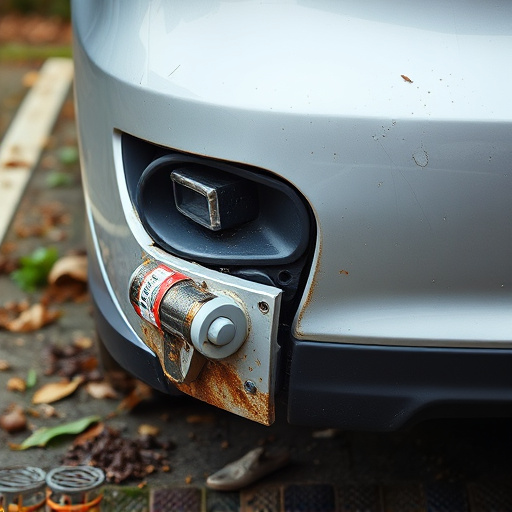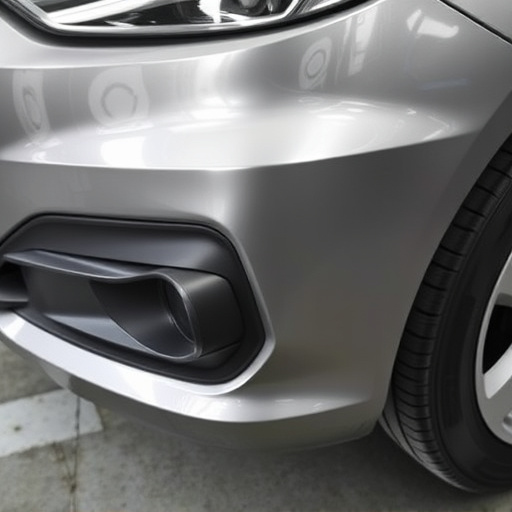Rental car insurance coverage is a safety net protecting renters and rental car companies from unexpected events. It includes liability for accidents, comprehensive against theft/vandalism, and maintenance up to extreme scenarios. Two primary types are liability (covering legal costs and damages) and comprehensive (specific perils but excluding wear and tear). Exclusions include tire damage, pre-existing damage, and mechanical failures unless endorsed. To optimize benefits, read policy terms carefully, check for enhancements from personal insurances, consider vehicle type and trip nature, report pre-existing damage, and regularly review policy updates.
“Unraveling the intricacies of rental car insurance coverage can offer peace of mind while ensuring you’re protected during your travels. This comprehensive guide aims to demystify this often-overlooked aspect of vacation planning. We’ll explore what rental car insurance is, its various types and exclusions, and practical tips to maximize your benefits. By understanding these key elements, you can confidently navigate unfamiliar terrains, knowing you’re shielded from potential financial burdens.”
- What is Rental Car Insurance Coverage?
- Types of Coverage and Common Exclusions
- How to Maximize Your Rental Car Insurance Benefits
What is Rental Car Insurance Coverage?

Rental Car Insurance Coverage is a safety net designed to protect both the renter and the rental car company in case of unforeseen events during the rental period. It encompasses a range of services, from liability coverage that shields the renter from financial burden in case of accidents causing damage to others or their property, to comprehensive protection that includes compensation for theft, vandalism, and certain types of damage to the vehicle, such as a car dent repair.
This insurance also covers expenses related to auto maintenance and even extreme scenarios like frame straightening, ensuring that the renter is not left with unexpected bills. By understanding these coverages, individuals can enjoy their rental experience with peace of mind, knowing they are protected against potential financial risks associated with operating a vehicle they don’t own.
Types of Coverage and Common Exclusions

Rental car insurance coverage can be a complex topic, with various types of protection available to renters. Understanding these options is essential for ensuring peace of mind while driving a rental vehicle. The two primary categories are liability coverage and comprehensive coverage. Liability insurance protects against legal costs and damages if you cause an accident, covering medical expenses and property damage up to certain limits. Comprehensive coverage, on the other hand, shields you from more specific perils like car theft, vandalism, or natural disasters, but often excludes wear and tear, roadside hazards, and certain high-risk activities.
While these policies offer valuable rental car insurance coverage, there are common exclusions to be aware of. Damage to the car’s tires, windows, lights, or interior trim is often not covered unless specific endorsements are added. Additionally, pre-existing damage or wear, mechanical failures, and certain types of accidents (like racing or driving under the influence) typically fall outside the policy’s protection. Knowing these exclusions allows renters to make informed decisions and consider additional protections, such as waiving deductibles or opting for higher liability limits, ensuring they’re adequately prepared for potential incidents that may involve auto bodywork repairs like car body restoration or automotive collision repair.
How to Maximize Your Rental Car Insurance Benefits

To maximize your rental car insurance benefits, start by thoroughly reading and understanding the policy’s terms and conditions. Know exactly what is covered and what is excluded. Many policies include liability coverage for damages to the vehicle, but excess fees might apply. Check if your personal auto insurance or credit card offers any rental car coverage enhancements, which could provide additional protection.
Additionally, consider the type of trip and vehicle you’re renting. For instance, if driving a high-end model like a Mercedes Benz, ensure you have comprehensive coverage to protect against potential auto collision center repairs. Be mindful of pre-existing damage and report any existing issues to avoid disputes later. Regularly review your policy updates and make adjustments as needed to stay covered optimally during your rental period.
Understanding rental car insurance coverage is key to driving with peace of mind. By familiarizing yourself with different types of coverage and common exclusions, you can make informed decisions that maximize your benefits. Knowing what’s included and what’s not can save you from unexpected costs and ensure a stress-free travel experience. Remember, always review your policy thoroughly before hitting the road.














